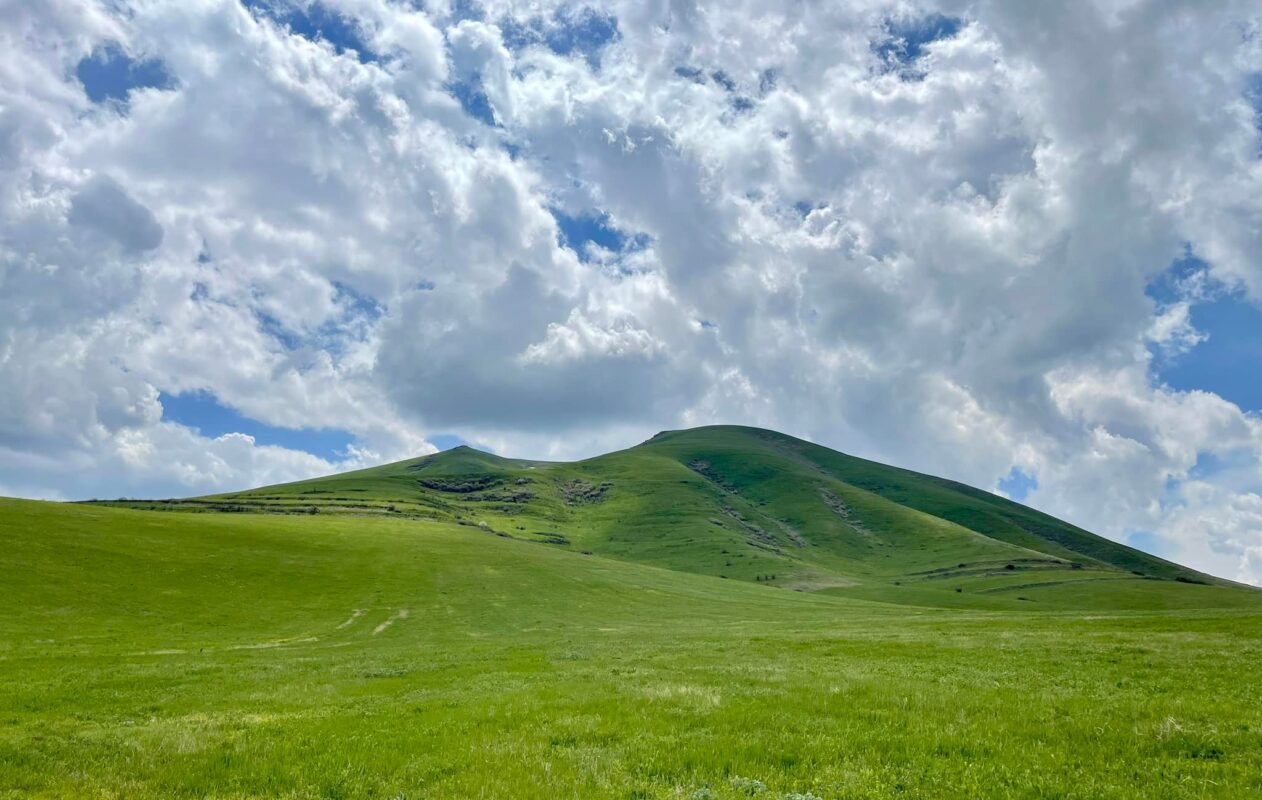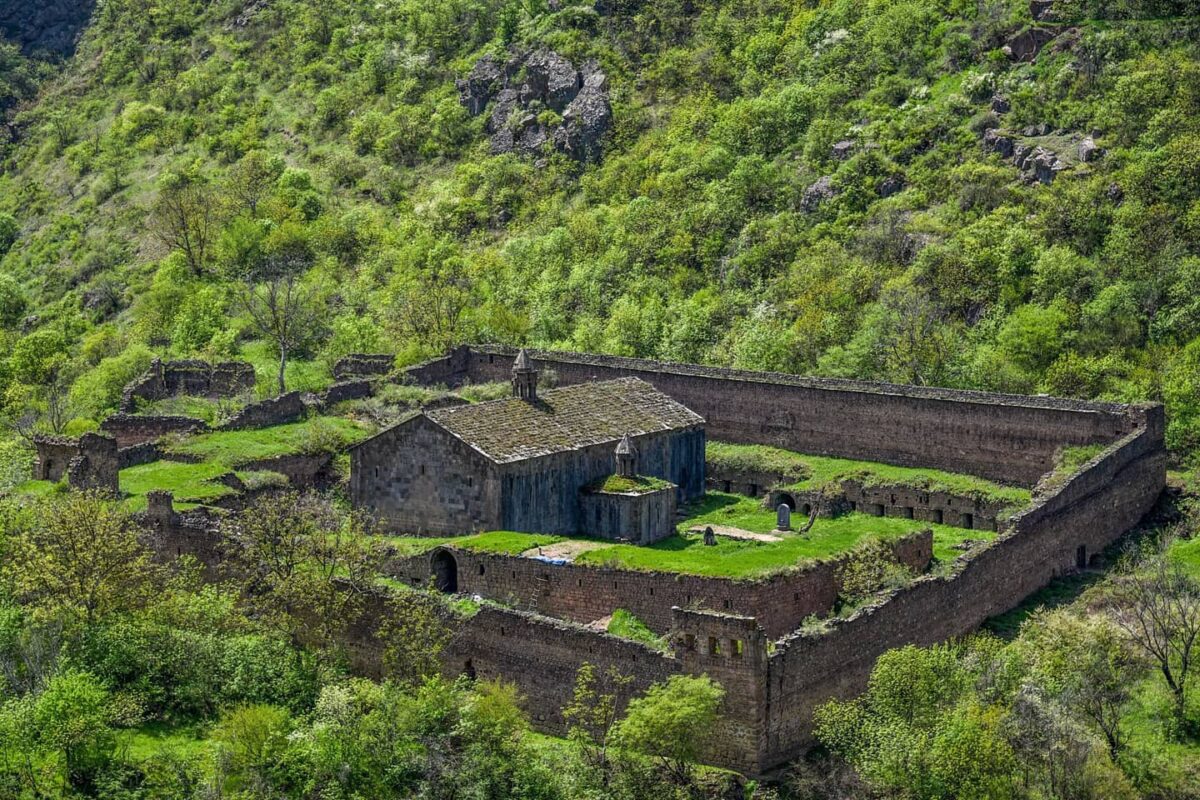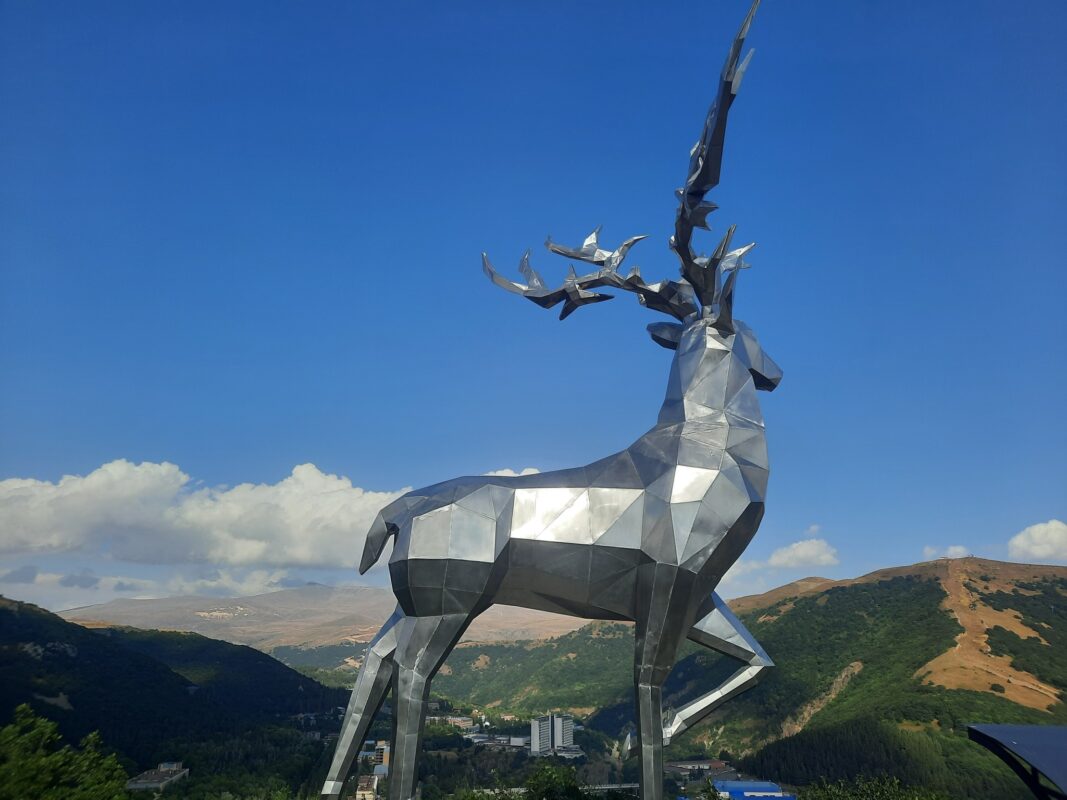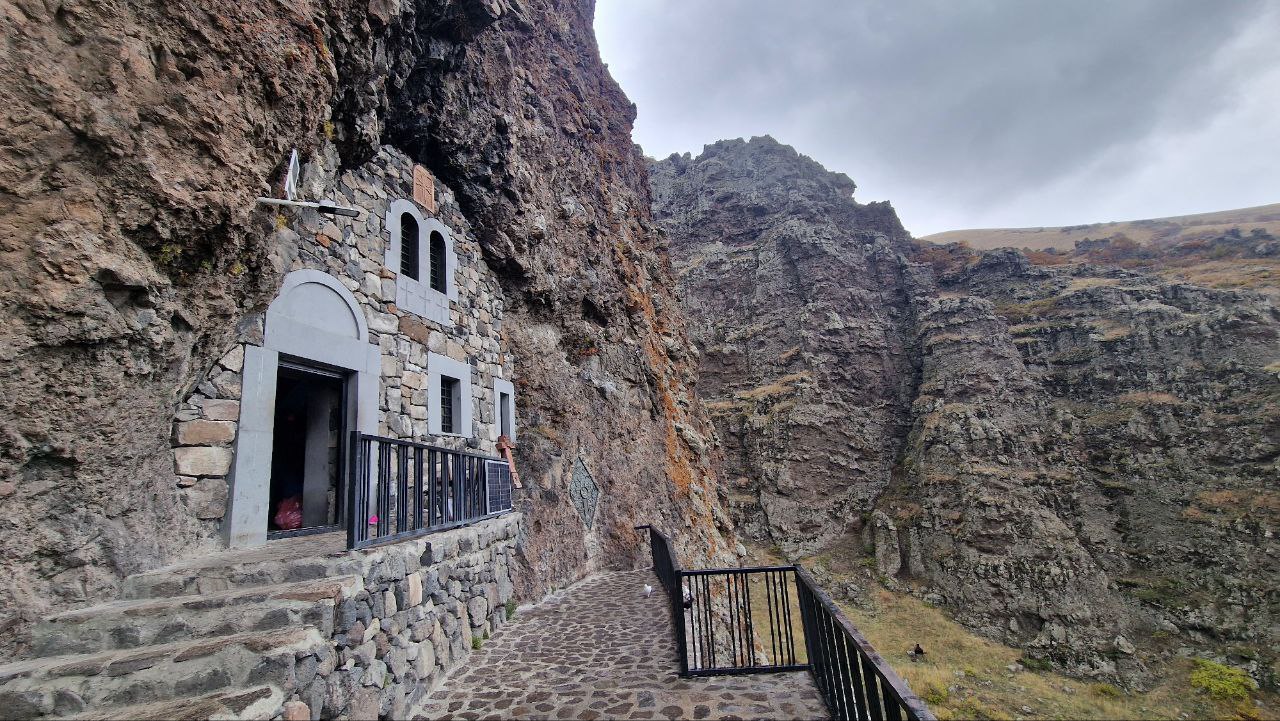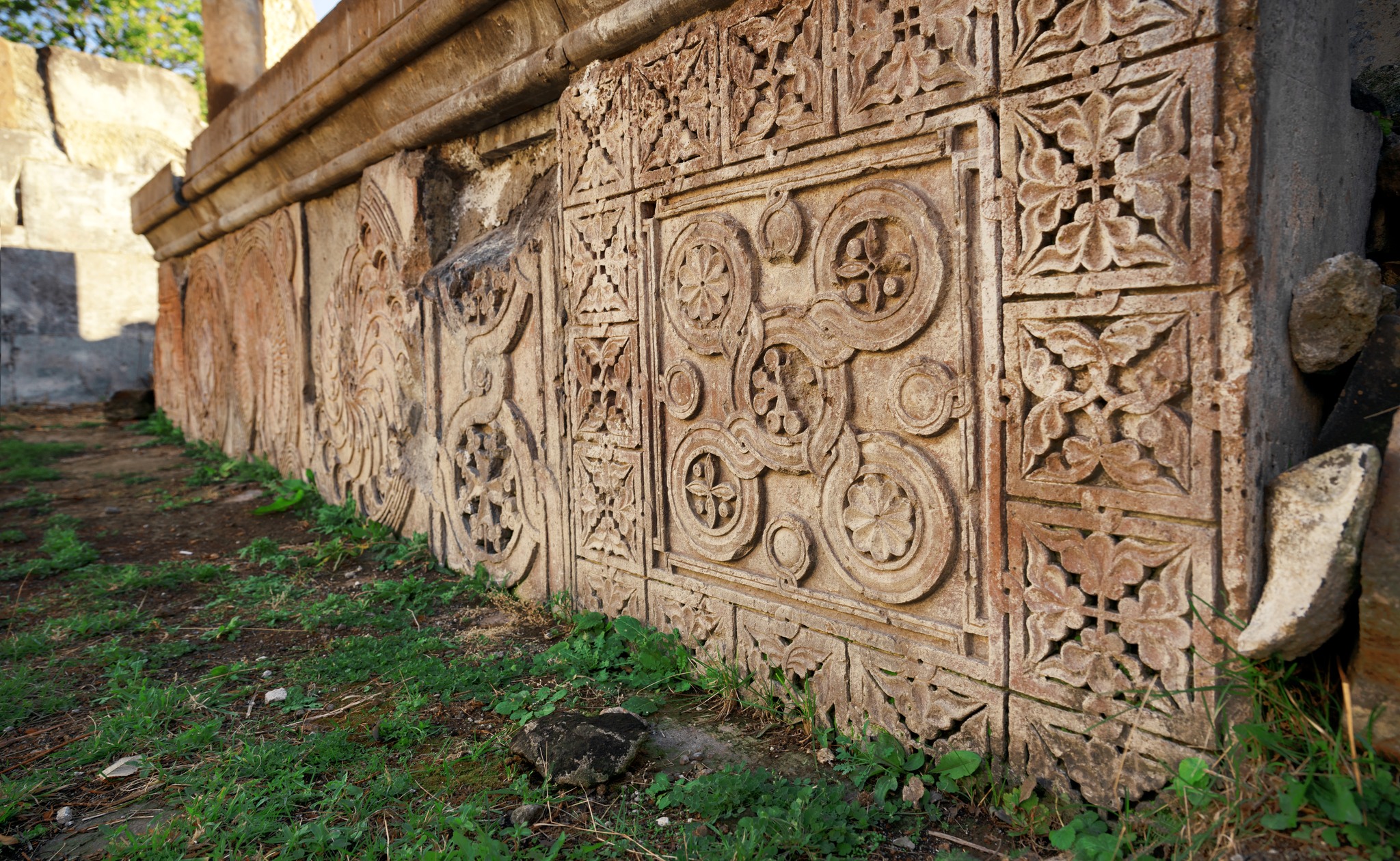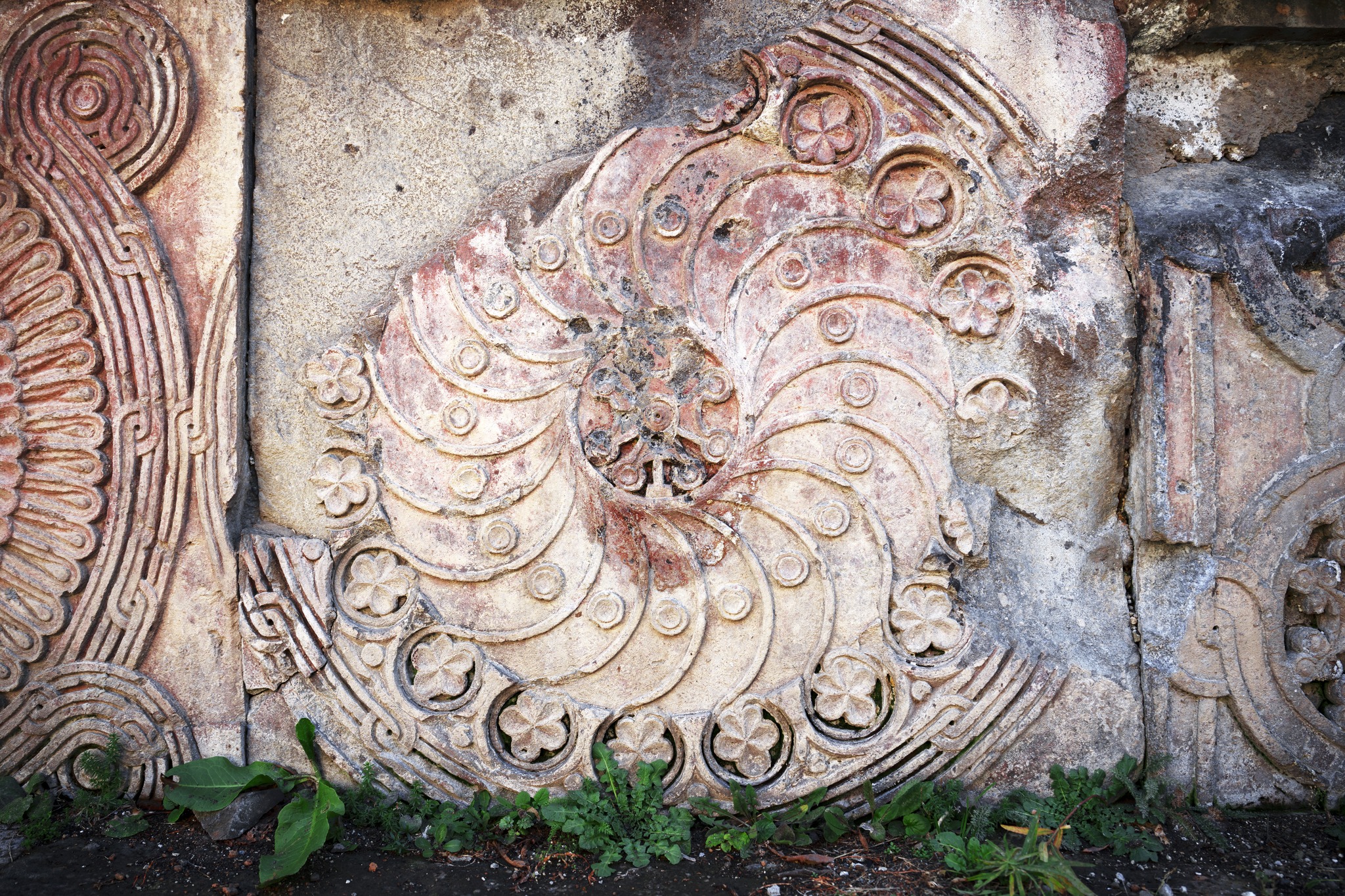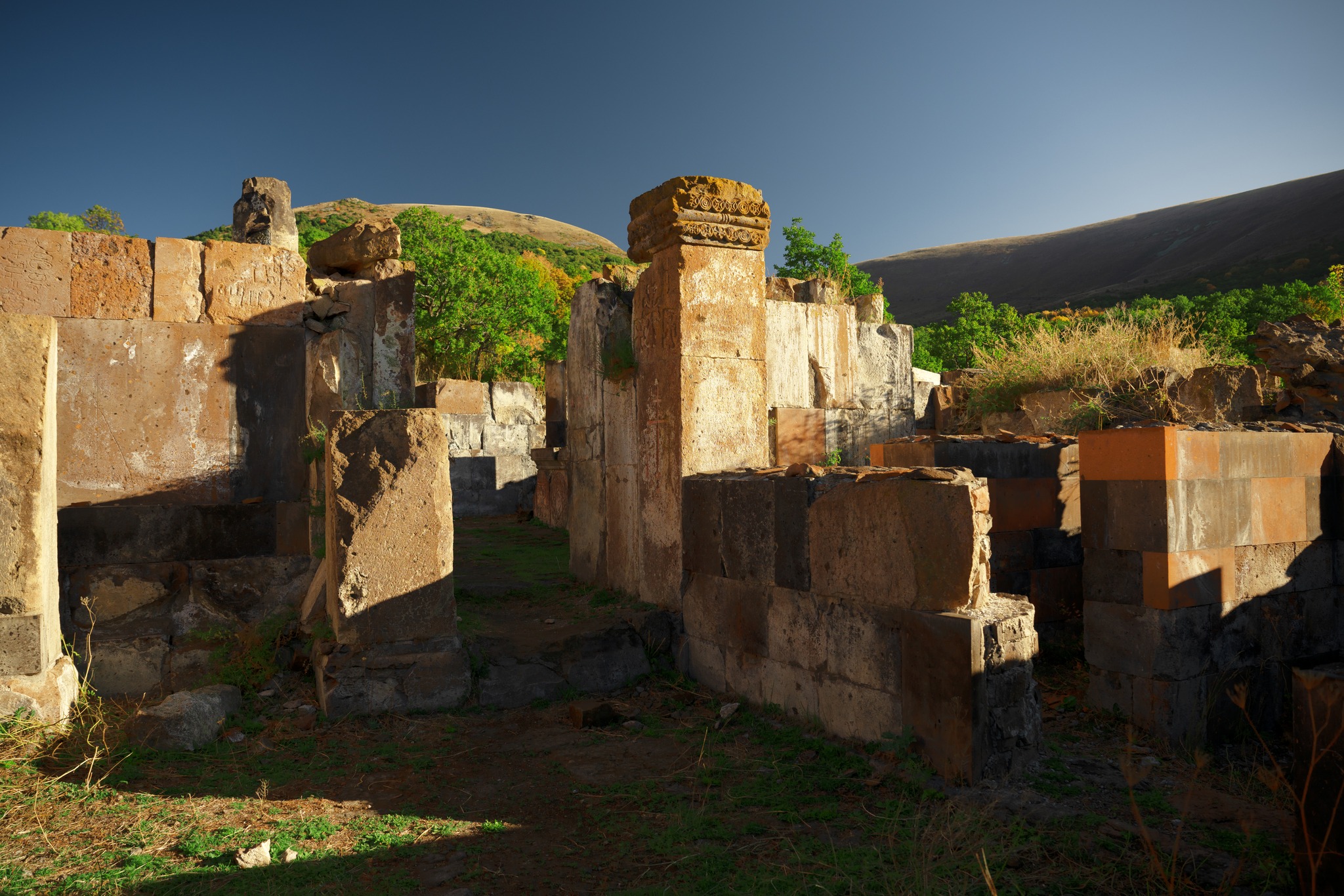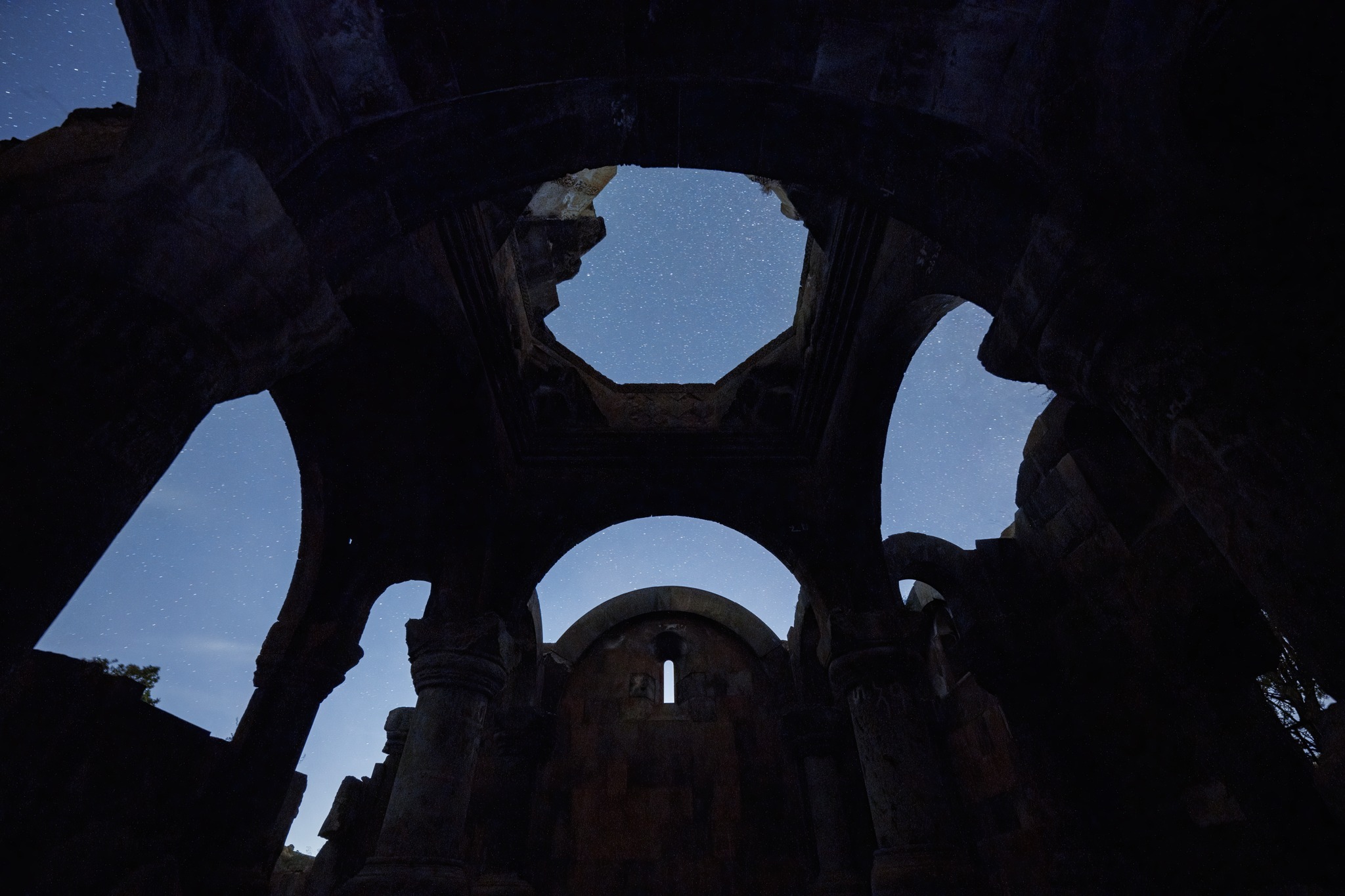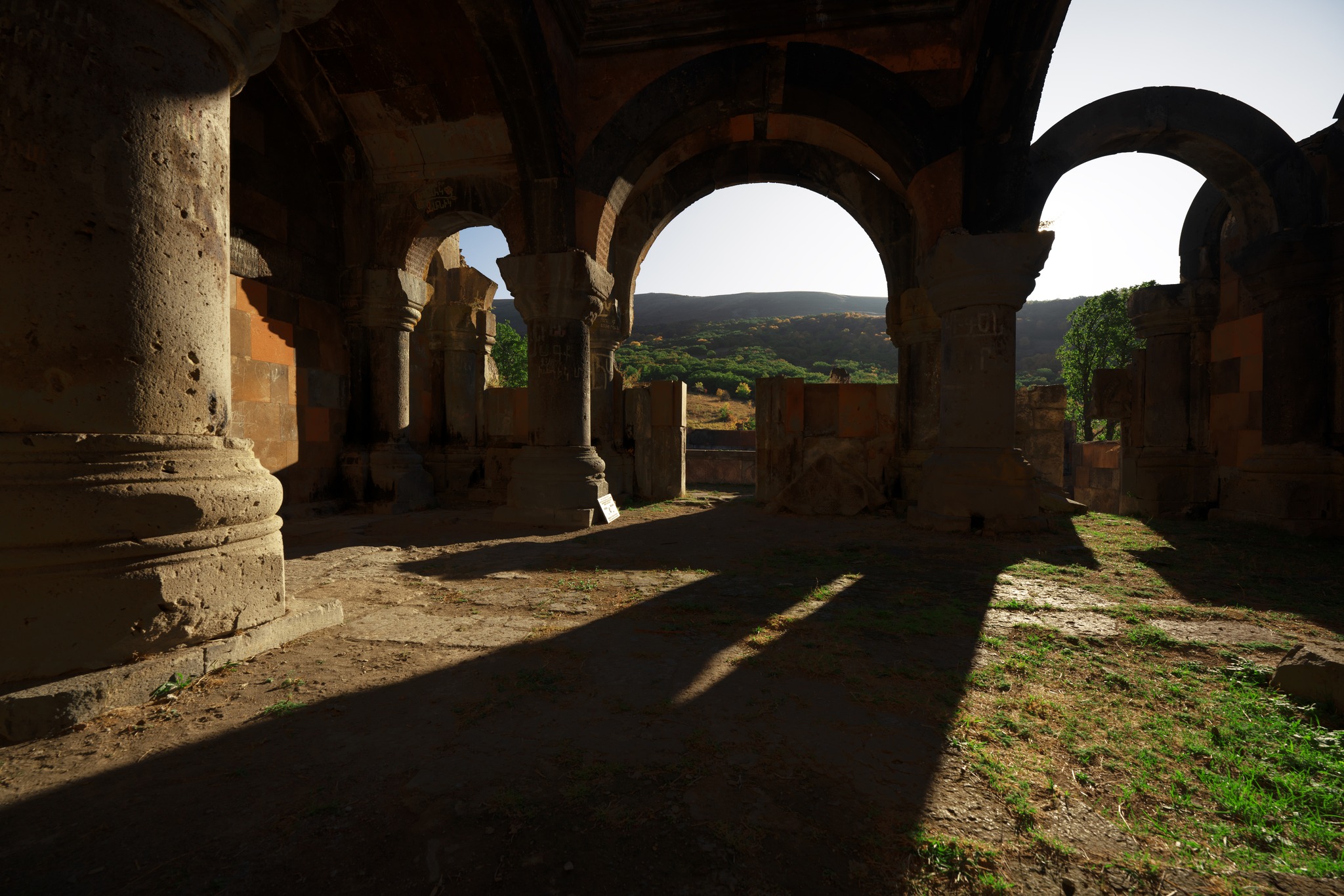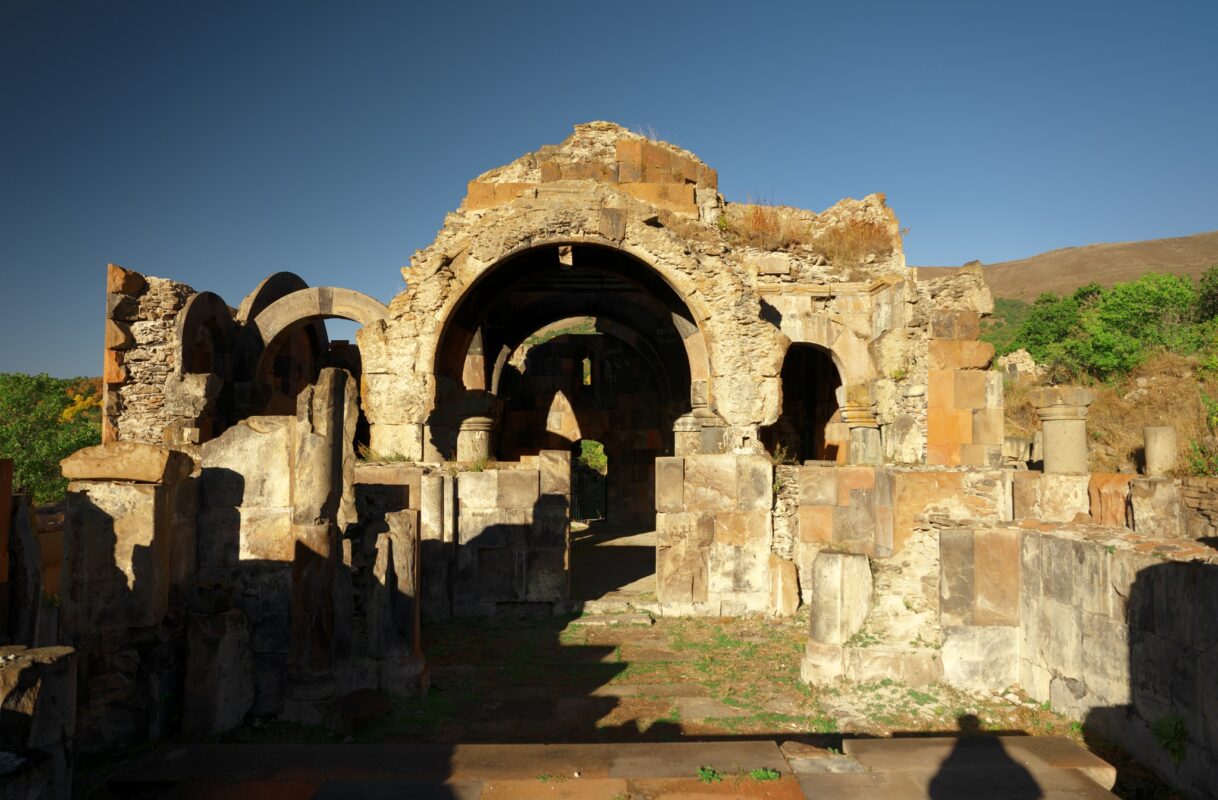Недавно добавленные
Похожие объявления
Близко к вам
Монастырь Тегеняц
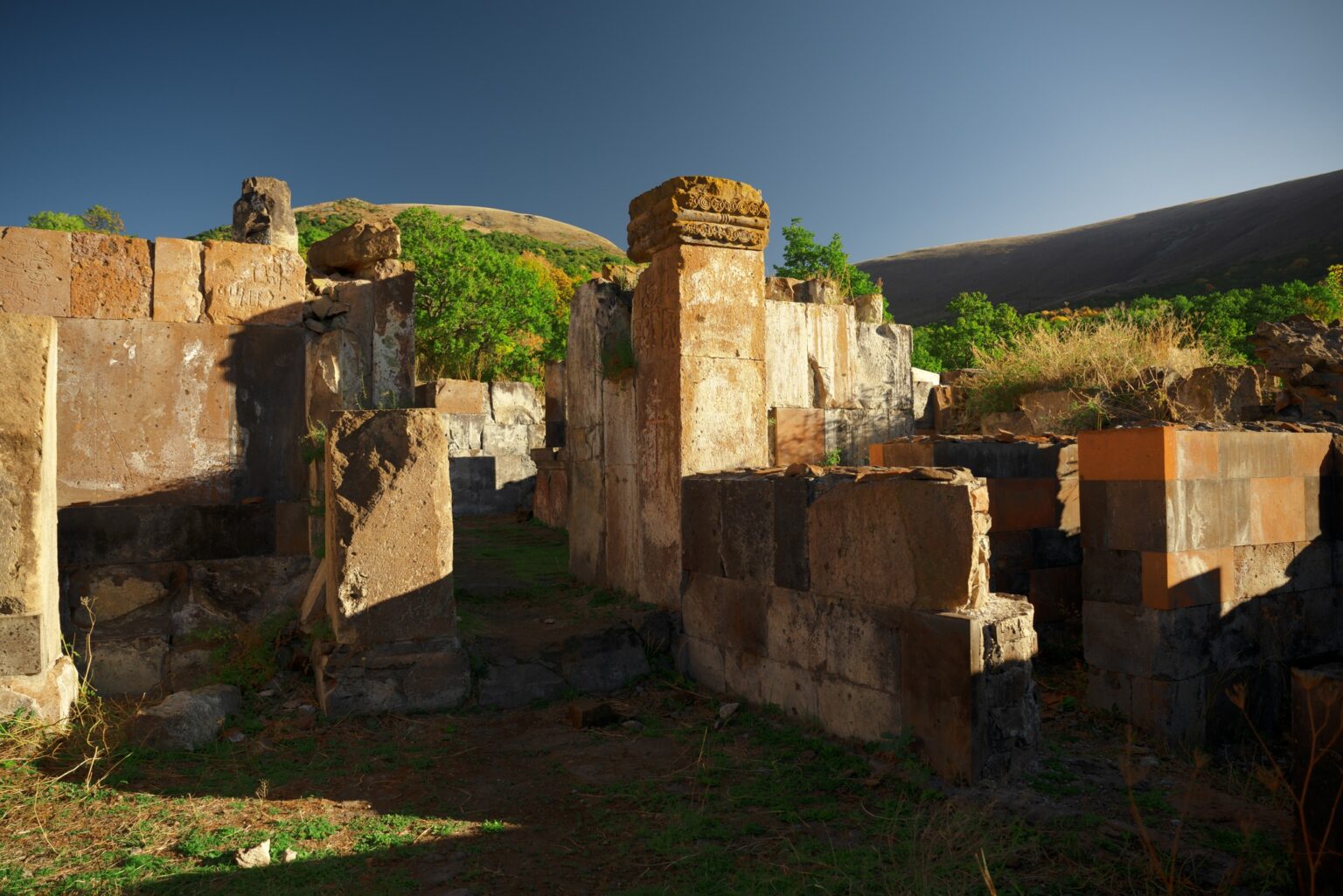
Монастырь
1900 м
Исторический
Средний
📍 Расположение - область Котайк, в 3 км к северу от села Бужакан, на лесистом склоне горы Тегенис, среди буковых деревьев.
🕰️ Период - самые ранние постройки относятся к VI-VII вв., основные сооружения возведены в XI-XIII вв.
🌐 Координаты - 40.5306° N, 44.6001° E
🌿 Лучшее время для посещения - с конца весны до конца осени (май–октябрь), когда лес особенно густ и подъезд доступен.
🛤️ Как добраться - от села Бужакан - пешком или на внедорожнике по лесным тропам около 3 км на север до поляны, где расположен ансамбль.
ОБЗОР
Монастырь Тегеняц - один из выдающихся духовных и образовательных центров средневековой Армении, формировавшийся между VI и XIII веками. Он лежит неподалёку от Бужакана (область Котайк), на лесных склонах горы Тегенис. Монастырь славился строгой дисциплиной и развитой традицией книжного дела. Здесь трудились видные богословы и книжники; их рукописи ныне хранятся в ереванском Институте древних рукописей Матенадаран и в Британском музее. Главная церковь (Катогике), залы-гавиты и скрипторий выделяются изяществом архитектуры и тонкой резьбой. Литургический уклад Тегеняца лёг в основу единой системы церковных правил, составленной католикосом Нерсесом Благодатным (Шнорали), что превратило монастырь в устойчивый символ духовного и культурного наследия Армении.
ЭТИМОЛОГИЯ
Название “Тегеняц” восходит к арм. Теги - “бук”. Монастырь возведён на склоне Тегениса, окружённом густыми буковыми лесами; отсюда и смысл названия - “место букoв”.
ИСТОРИЯ
Первое письменное упоминание о монастыре относится к началу VIII века (727-728 гг.), когда армянский князь Ваган из Гохтна укрывался здесь от арабского преследования. Уже тогда место служило и убежищем, и храмом молитвы. Древнейшим сооружением считается небольшая церковь Святой Богородицы VI-VII вв., фундаменты которой выявлены археологами. Рассвет Тегеняца пришёлся на XI-XIV вв.: были возведены главные здания - церковь Катогике, два гавита (притвора), скрипторий и трапезная. Покровителями монастыря выступали князья Вачутяны, значительно содействовавшие строительству и процветанию обители. В 1207 г. князь Вахрам Чавуш пристроил к Катогике гавит - четырёхстолпный зал с пирамидальной кровлей, примечательный художественным сочетанием красного и чёрного туфа. Помимо религиозной роли, Тегеняц стал крупным центром книжности и образования. В его скриптории создано множество рукописей, ныне хранящихся в Матенадаране (Ереван) и Британском музее (Лондон). Среди известных писцов - Тадевос, Вардан, Геворг Скевраци, Саргис-диакон, священник Наапет. Монастырь сыграл ключевую роль в формировании литургической дисциплины Армянской церкви. В конце XII века Нерсес Благодатный (Шнорали) использовал часословы Тегеняца и Махеняца как основу для единого порядка богослужений, определявшего практику на столетия. Среди известных настоятелей - Иеремия Отшельник, вардапет Туркик, вардапет Мхитар, вардапет Григор из Бджни, вардапет Акоп.
В XIII веке слава монастыря достигла апогея: современники называли его «знаменитой, ангелогласной, богопребывающей святой обителью». Здесь проходили богословские соборы, переписывались книги, велись учёные беседы. К середине XIV века начался упадок - монгольские нашествия и политическая нестабильность ослабили монастырскую жизнь. В 1827 г. сильное землетрясение нанесло тяжёлые разрушения. В 1979 г. археолог Гагик Саргсян раскрыл занесённые грунтом постройки - Катогике, гавит, скрипторий и др. В 2010-2015 гг. проведены консервация и частичная реставрация, благодаря чему ансамбль вновь доступен посетителям.
АРХИТЕКТУРА
Монастырский комплекс - многослойный средневековый ансамбль, включающий церковь Катогике (главный храм), примыкающий к ней гавит, северный «второй гавит», скрипторий (также выполнявший функции школы), трапезную, а также прилегающие жилые и хозяйственные строения, малые часовни и два кладбища - на западе от основного ядра и в глубине леса. Кроме того, сохранились остатки небольшой крестообразной церкви Святой Богородицы VI-VII вв. примерно в 30 м к востоку от Катогике.
Церковь Катогике - купольный зал на парных стеновых пилонах. По обе стороны алтаря расположены пастофории (жертвенник и диаконикон), главный вход ведёт в гавит. Алтарная площадка оформлена шестью резными плитами с геометрическими, растительными и зооморфными мотивами исключительной проработки. Особенно выделяется центральная плита с павлином - распущенный хвост, полуоткрытые крылья, голова изящно склонена вправо. Мотив, символизирующий бессмертие, широко известен в армянской миниатюре, но в скульптурном декоре встречается крайне редко. Фасады украшены профилированными ниша́ми, смягчающими массив стен и создающими игру ритма и света.
Гавит - Примыкает к Катогике с запада; четырёхстолпный, центричный, построен в 1207 г. при покровительстве Вахрама Чавуша. Перекрыт сводами; центральный квадрат был увенчан фонарём (окошник-дымник), обеспечивавшим свет и вентиляцию. Интерьер отличает полихромия: чередование чёрного и красного туфа создаёт «шахматку» по верхним зонам стен и арок. Углы восьмигранного барабана подчёркнуты цепевидной каменной орнаментикой; основание опоясано тонкими плетёными фризами. Западный портал - в прямоугольной раме с радиально уложенным туфом на притолоке, что придаёт парадность и динамику. Зал служил местом собраний и богословских дискуссий, а иногда - погребальным пространством для знати.
“Второй гавит” - На север от главного гавита раскопан ещё один крупный четырёхстолпный сводчатый зал сходной композиции. Его трактуют как школьно-библиотечный корпус, соответствующий образовательной миссии обители. Позднее переоборудован под хозяйственные нужды. К востоку вскрыто большое жилo-хозяйственное помещение с очагом, что указывает на сезонную, в том числе зимнюю, эксплуатацию.
Скрипторий (учебная келья) - Южный примыкающий к Катогике прямоугольный бесстолпный зал под цилиндрическим сводом. На востоке - четыре небольших кельи писцов; на юго-западе - изолированная комната, вероятно, хранилище. Главный вход на южном фасаде подчеркнут парадным порталом - редкий акцент для небогослужебного объёма, подчёркивающий высокий статус интеллектуальной жизни. Имеются внутренние связи со святилищем и гавитом, что демонстрирует единство литургической, учебной и общинной функций.
Трапезная - На северо-западе комплекса - вытянутый прямоугольный зал под цилиндрическим сводом. Смешанная техника кладки: несущие элементы (углы, устои, арки) - из тщательно тесаного базальта, межарочные стены - из грубо тёсанных камней среднего и малого размера. Решение одновременно прочное и экономичное. Два входа - с юго-востока и северо-востока. К югу раскопаны обслуживающие комнаты с находками повседневной керамики, стекла и металла - свидетельства организованного общинного быта вокруг общей трапезы.
Малая церковь VII века - В 30 м к востоку от основного ядра - самый ранний сохранившийся объём: небольшая крестообразная трёхапсидная купольная церковь Святой Богородицы (VI-VII вв.). До наших дней дошли главным образом фундаменты, однако план ясно отражает крестово-купольную систему раннехристианской армянской архитектуры. Наличие этого святилища доказывает, что место было паломническим ещё до возведения крупных построек XI-XIII вв.
Кладбища и надгробия - К западу - основное монастырское кладбище; второе, более обширное - с зооморфными стелами - расположенo в ~200 м к северу, в лесу. Надписи упоминают духовных и мирян, в том числе известные монашеские лица и некоего мирянина Патрика, эпитафия которого просит поминовения “о грешном рабе Христовом”. Эти некрополи - важный источник по социальной истории обители и её связям с окрестными общинами.
МЕСТНЫЕ ЛЕГЕНДЫ
Монастырь окружён преданиями, которые из поколения в поколение сохраняют жители Бужакана и соседних сёл.
Тень буков - Место для обители, говорят, избрала сама природа: желая построить уединённый монастырь, иноки позволили ветру - по воле Божией - унести из их рук буковую веточку. Там, где она упала на солнечную поляну среди буков, и возвели монастырь.
“Слёзы Богородицы” - Небольшой источник у монастыря так и зовут: “Слёзы Святой Богородицы”. По преданию, когда обитель разрушило землетрясение, ключ иссяк - Богородица “плакала о потерянном храме”. Когда люди вернулись молиться, вода снова забила.
Чудо дописанной Евангелии - Усталый переписчик не смог завершить последнюю страницу, помолился и оставил работу на ночь. Утром лист оказался безупречно дописанным. С тех пор в скриптории верили: кто пишет с чистым сердцем, тому помогает Святой Дух.
Удобства
Поблизости
Фортификация X-XI вв., возведённая князьями Пахлавуни, служила их резиденцией. У подножия - средневековые церкви Бджни, Св. Аствацацин и Св. Саргис; с вершины открываются впечатляющие виды на ущелье Раздана.
Небольшая обитель, вероятно, связанная с духовной сферой Тегеняца. Сложена в X-XI вв., известна хачкарами и естественными пещерными молельнями. Укрыта в лесах и у горных ручьёв - место тишины и уединения.
Относится к XII-XIII вв. Небольшой монастырь-скит в единой духовной системе с Тегеняцом. Руины в лесу почитаемы местными как «Дом Бога»; по преданию, здесь происходили исцеления.
Современный горный курорт в зоне отдыха Ахверан (около 9 км южнее Тегеняца). Привлекает чистым горным воздухом, лесным окружением и развитой инфраструктурой гостеприимства - удобная остановка для отдыха и ночёвки после осмотра монастыря.
Редкий природный объект: разноцветные песчано-почвенные слои на склонах горы Гутанасар, сформированные тысячелетиями эрозии вулканических пород и ветров. Идеально для эко-маршрутов, фотографии и хайкинга, особенно на рассвете и закате, когда палитра сменяет золотые, розовые и фиолетовые оттенки.

